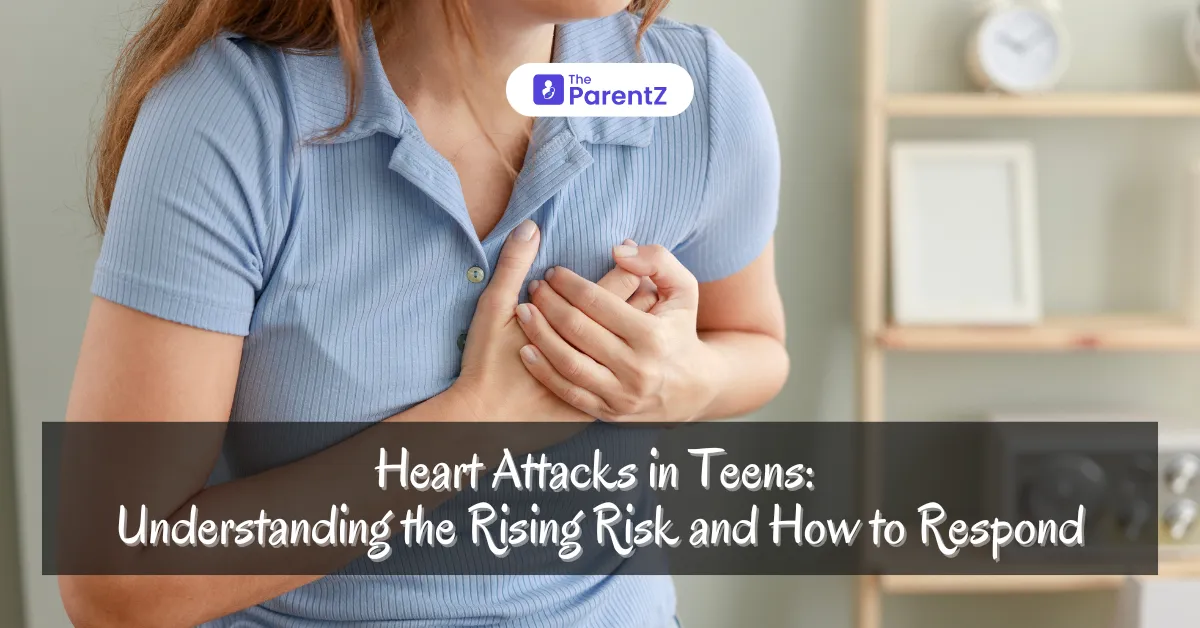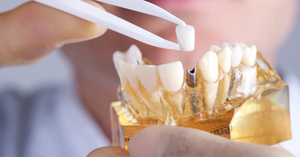Heart Attacks in Teens: A Growing Concern
Recent tragic incidents, including the sudden death of a 17-year-old girl at her college, as reported by The Hindu and Times of India, have sent shockwaves through the nation. The teenager, who appeared perfectly healthy, collapsed without warning during class, leaving her peers and teachers in disbelief.
These events highlight an alarming rise in heart attacks among young individuals. Once considered a problem for the middle-aged and elderly, cardiac arrests and heart attacks are now affecting teens at an unprecedented rate. What is causing this surge, and how can we prevent such devastating outcomes?
Why Are Heart Attacks Happening in Teens?
Several factors are contributing to this troubling trend:
1. Unhealthy Lifestyles:
• High consumption of junk food and sugary beverages leads to obesity, diabetes, and cholesterol issues—key risk factors for heart disease.
• Sedentary behaviors, like excessive screen time and lack of physical activity, are common among today’s youth.
2. Stress and Anxiety:
• Academic pressure, social expectations, and mental health struggles are taking a toll on teens’ cardiovascular health. Chronic stress can trigger high blood pressure and heart rhythm abnormalities.
3. Undiagnosed Heart Conditions:
• Some teens have congenital heart defects or hereditary conditions that remain undiagnosed until a sudden event occurs.
• Hypertrophic cardiomyopathy (HCM), a condition where the heart muscle thickens, is a silent killer often found in young athletes.
4. Substance Abuse:
• Vaping, smoking, and drug use are increasingly prevalent among teens and can damage the cardiovascular system.
Prevalence and Alarming Statistics
While heart attacks in teens are rare, the incidence is rising:
• A study published in The Lancet revealed that India has the highest global rate of premature cardiovascular disease, with young people increasingly affected.
• Cases of sudden cardiac death in young athletes have also grown by approximately 6% annually, according to the Journal of Clinical and Diagnostic Research.
These numbers underscore an urgent need for awareness and intervention.
How Can Someone Collapse Suddenly?
The sudden nature of heart attacks can be shocking. Someone may appear perfectly fine one moment and collapse the next. This happens when:
• Blood flow to the heart is blocked (myocardial infarction).
• The heart’s rhythm becomes erratic due to conditions like arrhythmia or ventricular fibrillation.
• An underlying condition like HCM or aortic dissection goes unnoticed.
In teens, symptoms may not follow the typical pattern, making diagnosis challenging.
Clinical Features of Heart Attacks in Teens
Be alert to these warning signs, which can often be subtle:
• Sudden chest discomfort or pain
• Dizziness or fainting episodes
• Unexplained fatigue
• Shortness of breath or difficulty breathing
• Rapid or irregular heartbeat
If a teen experiences any of these symptoms, immediate medical attention is crucial.
Preventing Heart Attacks in Teens
1. Healthy Lifestyle Choices
• Encourage a balanced diet rich in fruits, vegetables, and whole grains.
• Reduce intake of sugary and processed foods.
2. Regular Physical Activity
• At least 60 minutes of moderate to vigorous activity daily can keep the heart healthy.
• Schools should promote sports and fitness programs.
3. Stress Management
• Teach relaxation techniques like deep breathing and mindfulness.
• Ensure teens have time for hobbies and social connections.
4. Avoiding Harmful Habits
• Educate about the dangers of smoking, vaping, and drugs.
5. Regular Medical Checkups
• Screen for high blood pressure, cholesterol levels, and any underlying conditions.
• Include ECGs or echocardiograms for teens with a family history of heart disease.
When to See a Cardiologist
Parents and guardians should consult a cardiologist if a teen:
• Has a family history of heart disease or sudden cardiac death.
• Experiences fainting, chest pain, or palpitations.
• Has difficulty breathing during physical activity.
The Role of Schools and Communities
1. Awareness Programs
• Conduct health workshops on heart disease prevention.
• Introduce CPR and basic life support (BLS) training for students and staff.
2. Encourage Physical Activity
• Make fitness a priority in school curriculums through sports and wellness programs.
3. Health Screenings
• Partner with healthcare providers to conduct regular checkups for students.
What to Do in an Emergency
If someone collapses suddenly:
1. Call for Help: Dial emergency services immediately.
2. Check Responsiveness: Try to wake the person up.
3. Start CPR: Perform chest compressions if they are unresponsive and not breathing.
4. Use an AED: If available, use an automated external defibrillator (AED).
Knowing CPR can save lives. Communities should organize regular training sessions for the public.
Conclusion
Heart attacks in teens are a growing concern that demands urgent attention. From improving lifestyles to ensuring timely medical care, prevention is key. Schools, families, and communities must come together to raise awareness and create a supportive environment for young people to thrive.
As bystanders, knowing how to respond during a cardiac emergency can make all the difference. With vigilance, education, and prompt action, we can protect the next generation from this silent threat.
Remember: A healthy heart starts with healthy habits, no matter your age.








Be the first one to comment on this story.